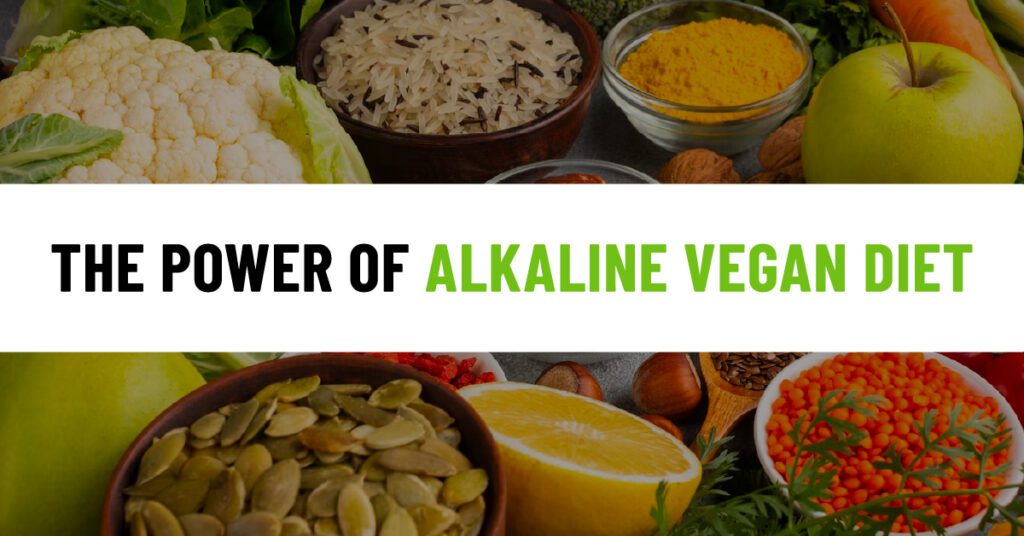Low Fiber Diet For Colonoscopy Preparation

Also available in
So, you are scheduled for a colonoscopy? Congratulations! When it comes to your health, you are being proactive. But before you can have the procedure done, you need to prepare. One of the essential parts of preparation is a low fiber diet for colonoscopy preparation.
A low-fiber diet helps to clean out your colon before the procedure. It is essential to follow the diet to ensure that the colonoscopy is successful and your doctor can get a clear view of your colon.
But what exactly is a low-fiber diet? What foods are safe to eat and which should you avoid? In this article, we will cover everything you need to know about a low fiber diet for colonoscopy preparation.
What is a Low Fiber Diet?
A low-fiber diet is a type of diet that is low in fiber and is commonly prescribed before a colonoscopy or other medical procedure. Fiber is a vital nutrient that is found in many foods, including fruits, vegetables, whole grains, and legumes. While fiber is important for overall health, it can interfere with the results of a colonoscopy by leaving residue in the colon.
A low fiber diet for colonoscopy preparation is designed to minimize the amount of residue left in the colon. This makes it easier for your doctor to get a clear view of the colon during the procedure.
What Can You Eat on a Low Fiber Diet for Colonoscopy Preparation?
While a low fiber diet for colonoscopy preparation may seem restrictive. Still, you can consume a range of meals. Here are some examples:
- White bread, white rice, and plain pasta
- Cooked vegetables without skin or seeds (such as green beans, pumpkin, carrots, and spinach)
- Canned fruits without seeds or skin (such as peaches or pears)
- Fruit juice without pulp (such as apple, melon, or grape juice)
- Tender meats (such as chicken, fish, and turkey)
- Eggs
- Milk, cheese, cottage cheese, and yogurt
- Coffee and tea (without milk or cream)
What Should You Avoid on a Low Fiber Diet for Colonoscopy Preparation?
While there are many foods that you can eat on a low-fiber diet. There are also many foods that you should avoid. Here are some examples:
- Whole grain bread, whole wheat pasta, and brown rice
- Raw vegetables
- Vegetables with seeds
- Fruits with skin or seeds (such as berries or figs)
- Fruit juice with pulp
- Tough meats (such as beef or pork)
- Yogurt with nuts or seeds
- Fried or greasy foods
- Beans and legumes
- Nuts and seeds
- Pickles, olives, and relish
- All desserts containing nuts, dried fruit or made from whole grains or bran
- Popcorn
How Should You Prepare for a Low Fiber Diet for Colonoscopy Preparation?
Preparing for a low fiber diet for colonoscopy preparation is essential to ensure that you follow the diet correctly and get the best results from your colonoscopy. Here are some tips for preparing for a low-fiber diet:
- Plan Your Meals: Before you start the low-fiber diet, plan your meals in advance. This will help you make sure that you have all the foods you need and that you are not tempted to eat anything that is not allowed on the diet.
- Stock Up on Low-Fiber Foods: Make sure you have plenty of low-fiber foods on hand, such as white bread, rice, pasta, canned fruits, cooked vegetables, and tender meats. Avoid buying foods that are not allowed on the diet, such as raw vegetables, whole grains, and beans.
- Avoid Trigger Foods: If you have any trigger foods that may upset your stomach or cause discomfort, avoid them during the low-fiber diet. This will help you feel more comfortable and make it easier to stick to the diet.
- Stay Hydrated: Drink plenty of fluids during the low-fiber diet, especially water. This will help flush your system and make the colonoscopy procedure easier.
- Follow Your Doctor’s Instructions: Your doctor will give you specific instructions on how to prepare for the colonoscopy, including when to start the low-fiber diet and when to stop eating altogether. It is essential to follow these instructions carefully to ensure that the colonoscopy is successful.
Conclusion
A low fiber diet for colonoscopy preparation is essential to ensure that the colonoscopy is successful and your doctor can get a clear view of your colon. While the diet may seem restrictive, there are still plenty of foods that you can eat, and with some preparation and planning, you can make the diet more manageable.
If you have any questions or concerns about the low-fiber diet or the colonoscopy procedure, be sure to talk to your doctor.
Frequently Asked Questions (FAQs)
How many days before a colonoscopy should I stop eating fiber?
Typically, you should start following a low fiber diet for colonoscopy preparation three to four days before the colonoscopy procedure. During this time, you should avoid high-fiber foods.
What is the best clear food to eat before a colonoscopy?
The best clear foods to eat before a colonoscopy are those that are easy to digest and leave minimal residue in the colon. Some good options include clear fruit juices without pulp, clear sports drinks, plain water, and ice pops made from these liquids. It is important to avoid any liquids that are red or purple in color, as they can be mistaken for blood during the colonoscopy.
Can I eat normally after a colonoscopy?
After the effects of anesthesia wear off, you can usually start eating normally again following a colonoscopy. However, it is important to follow your doctor’s specific instructions on what and when to eat after the procedure.
Why white food before a colonoscopy?
A low fiber diet for colonoscopy preparation often includes white foods because they are generally easier to digest and leave minimal residue in the colon. The goal of this diet is to reduce the amount of stool in the colon and ensure a clear view during the colonoscopy procedure.
What happens if you do not eat a low-fiber diet before a colonoscopy?
If you do not follow a low-fiber diet before a colonoscopy, the procedure may be less effective and accurate. A low-fiber diet helps to reduce the amount of stool and residue in the colon, making it easier for the doctor to see and examine the colon during the procedure. If there is too much residue or stool in the colon, the doctor may have difficulty seeing polyps or other abnormalities, which could lead to missed diagnoses or the need for a repeat colonoscopy.
If you found this article on a low fiber diet for colonoscopy preparation helpful, please leave a comment below and share it with anyone who might benefit from this information.






